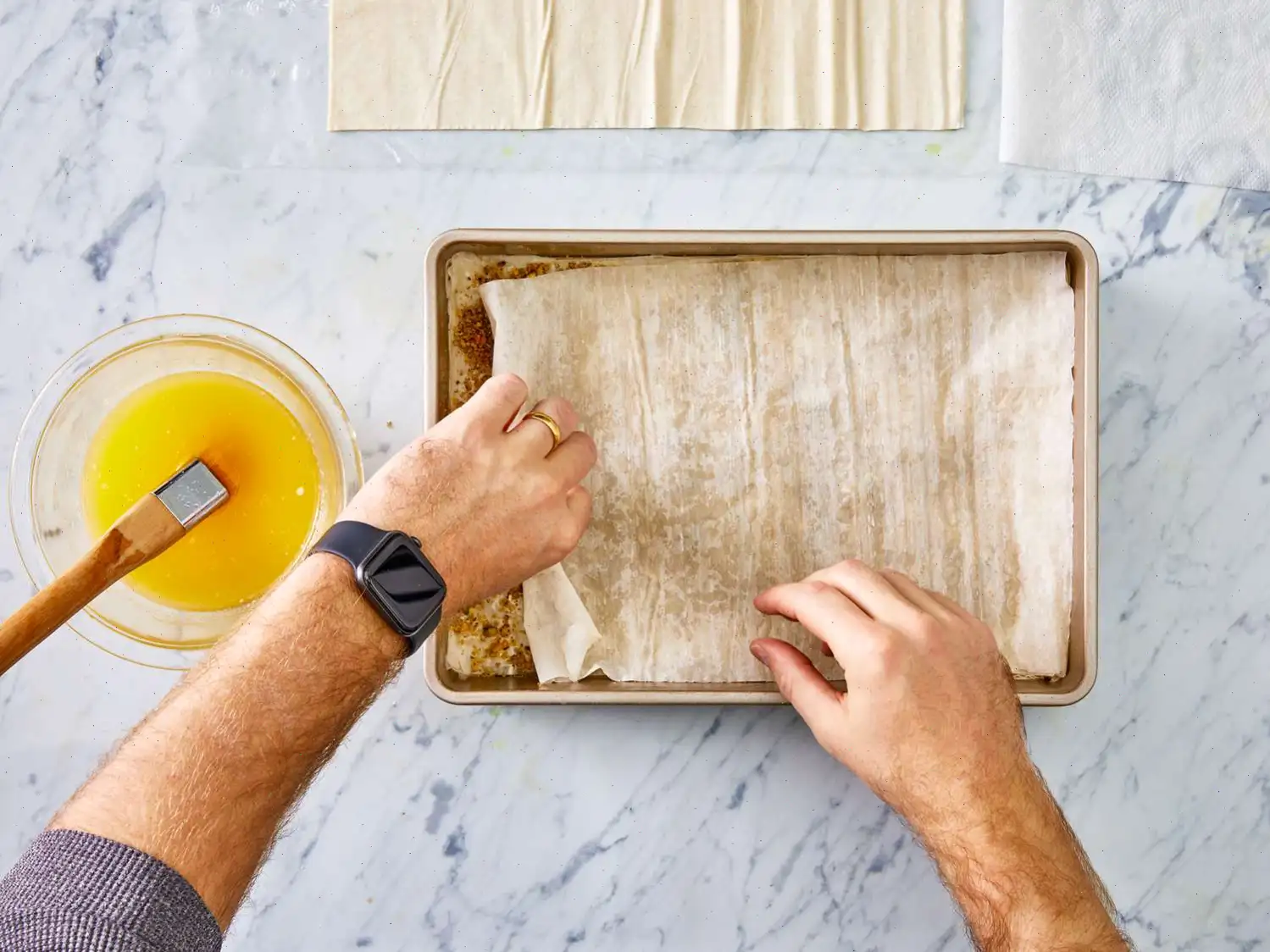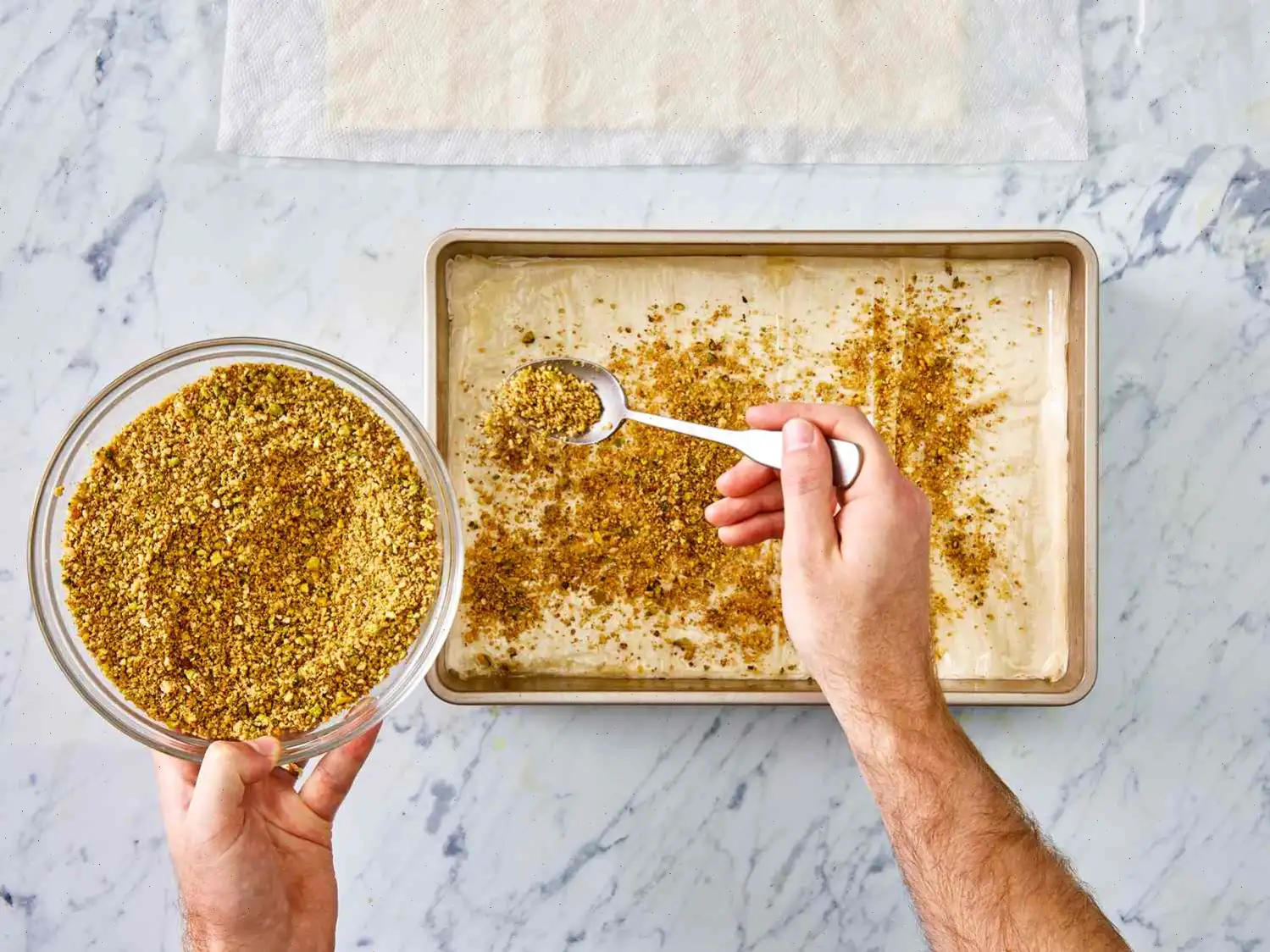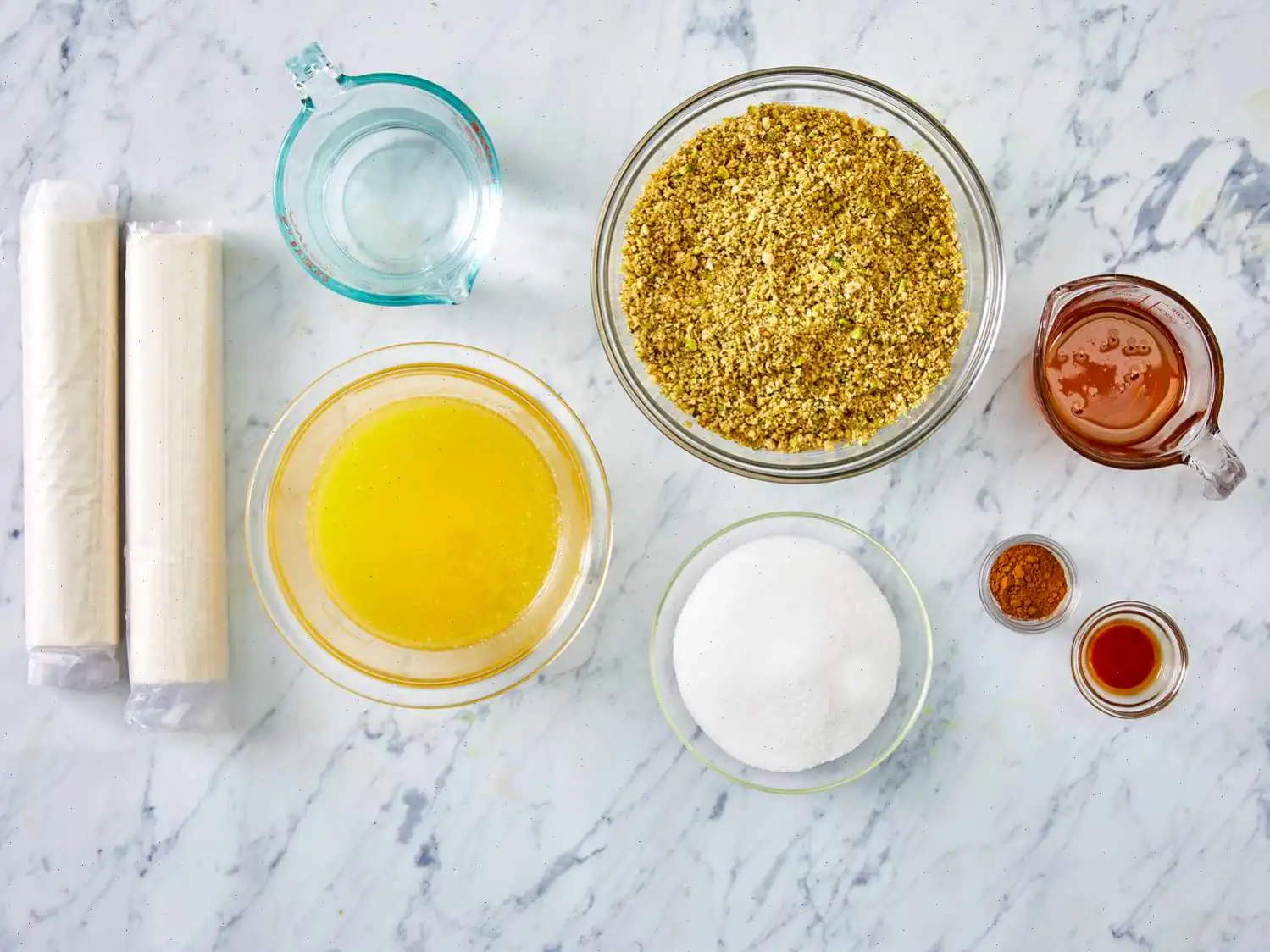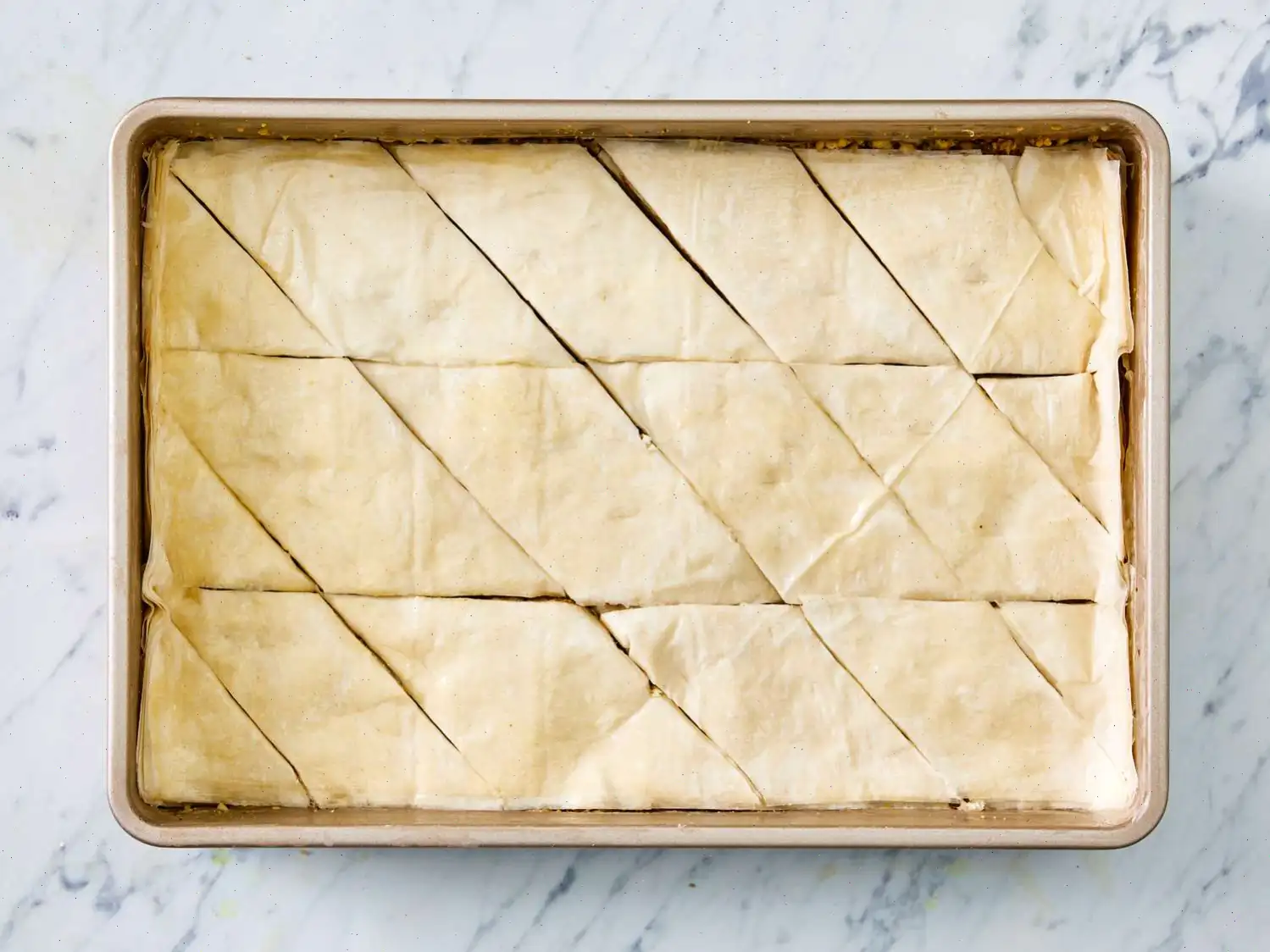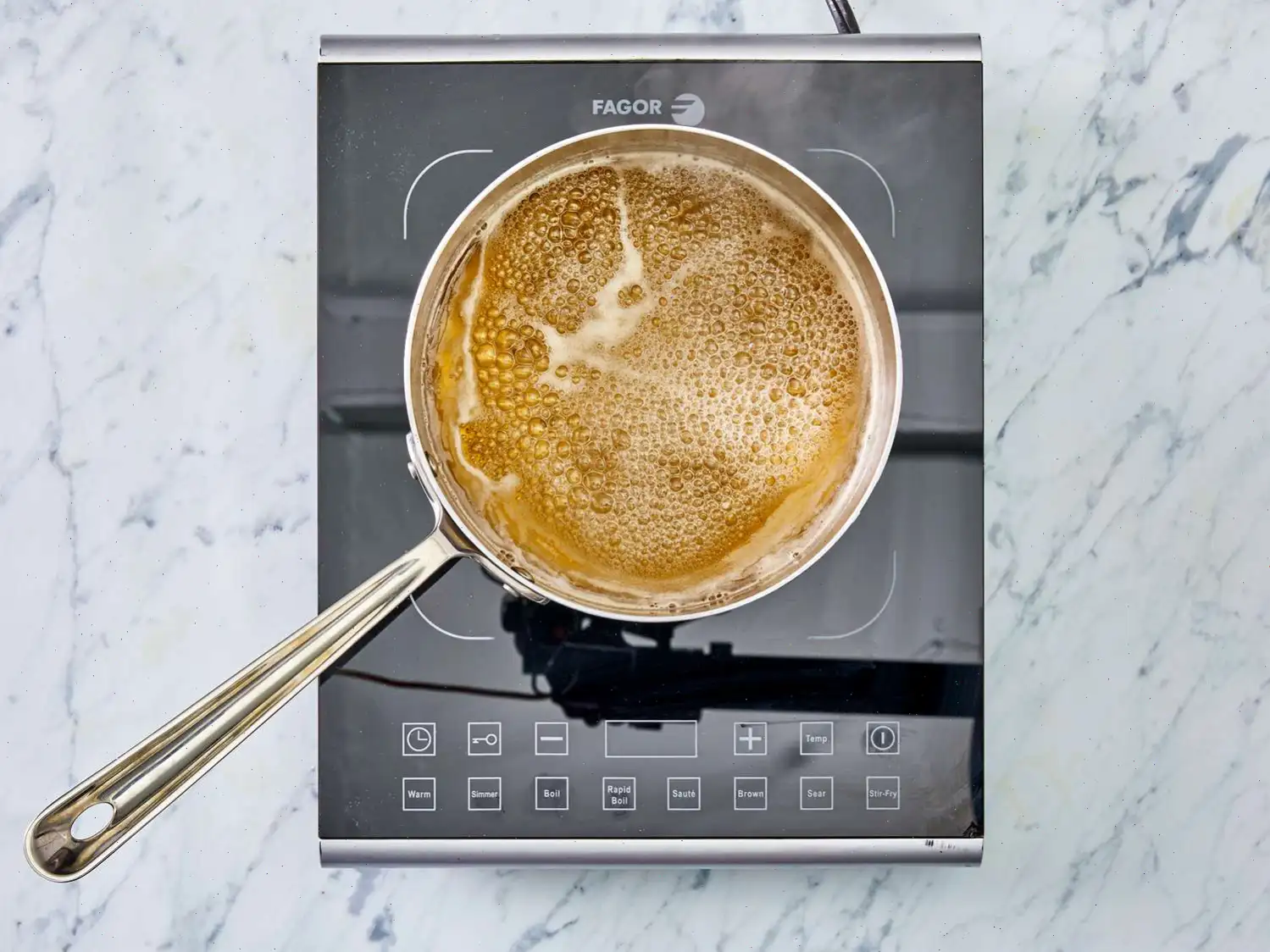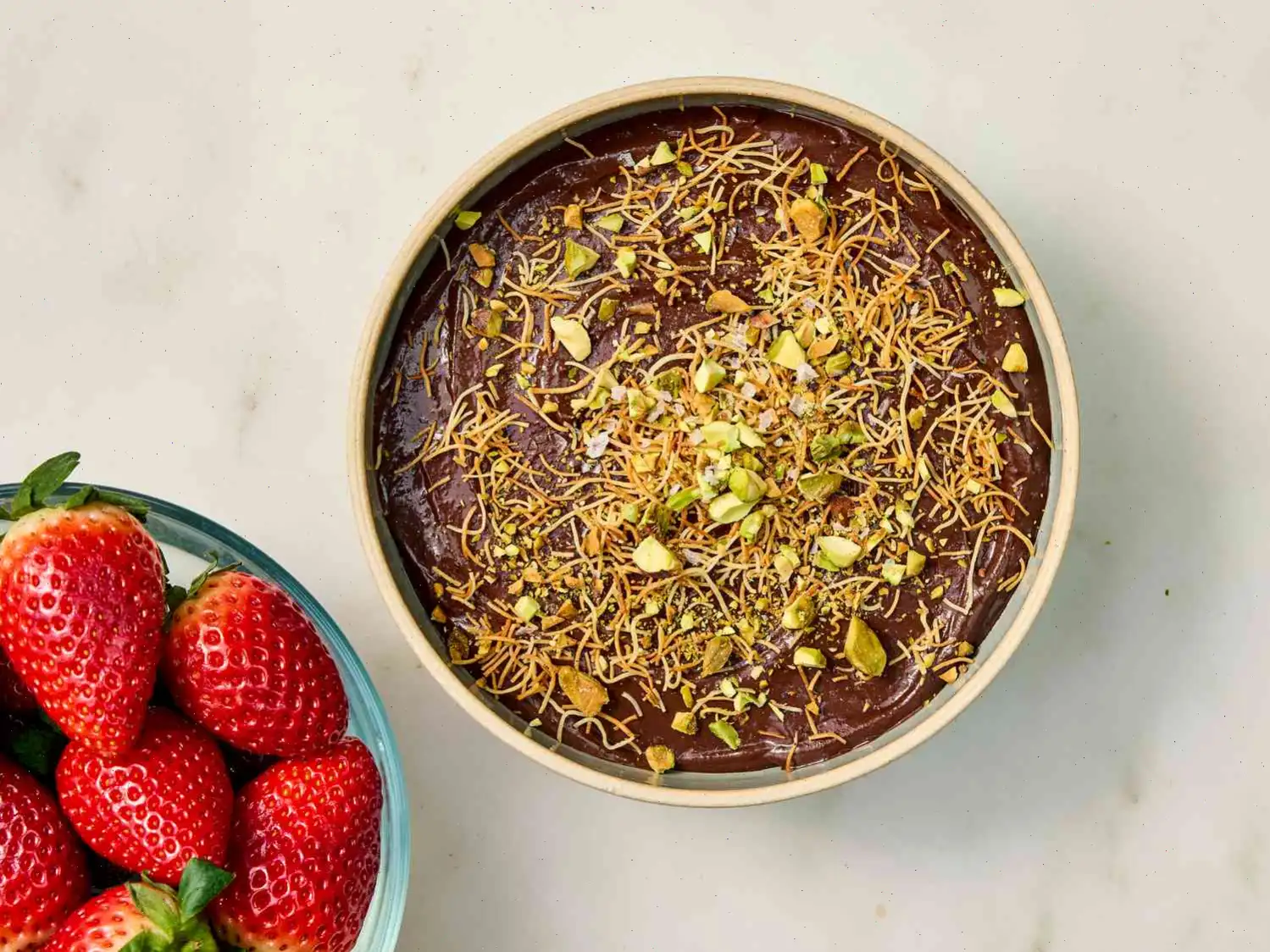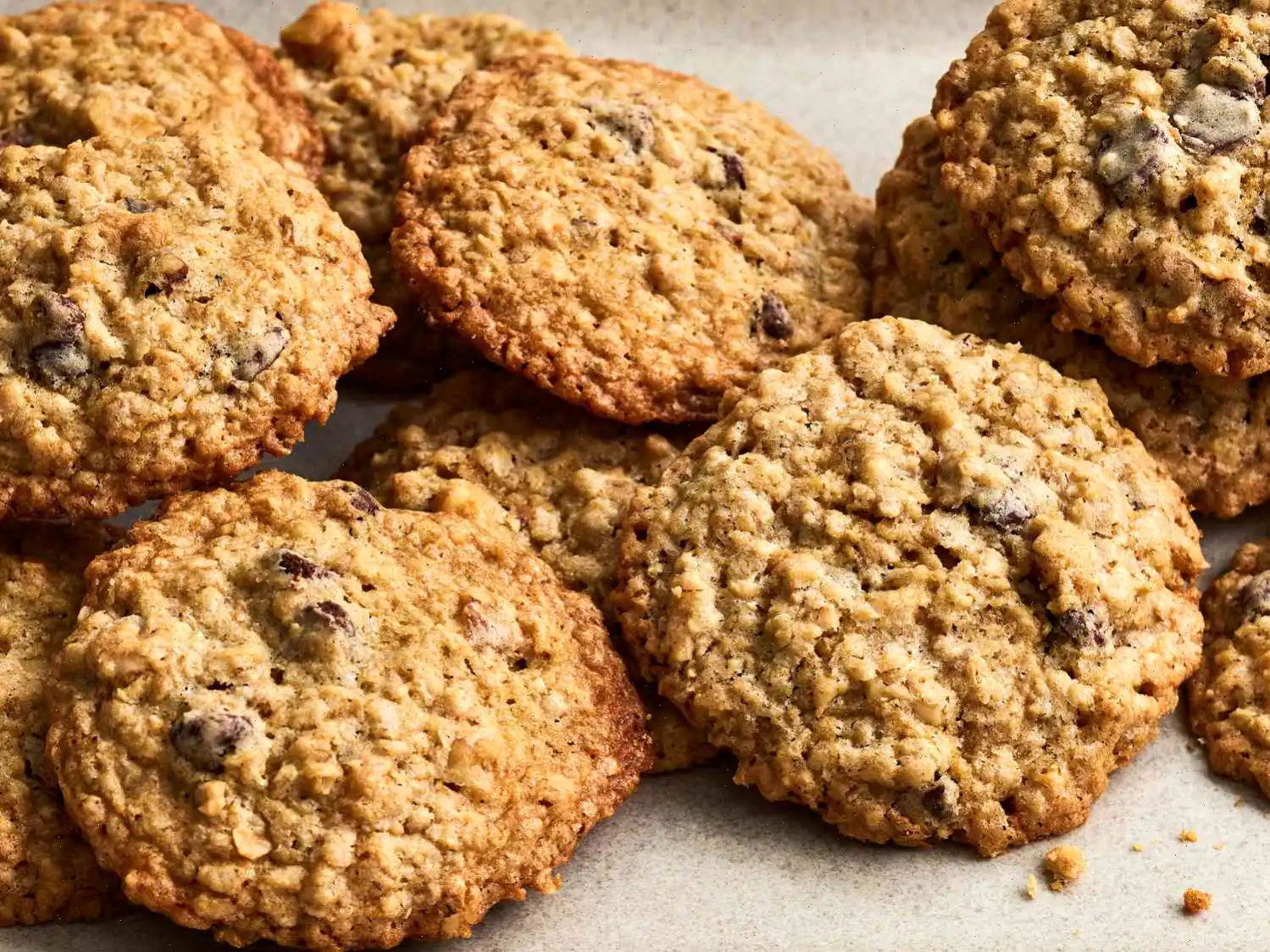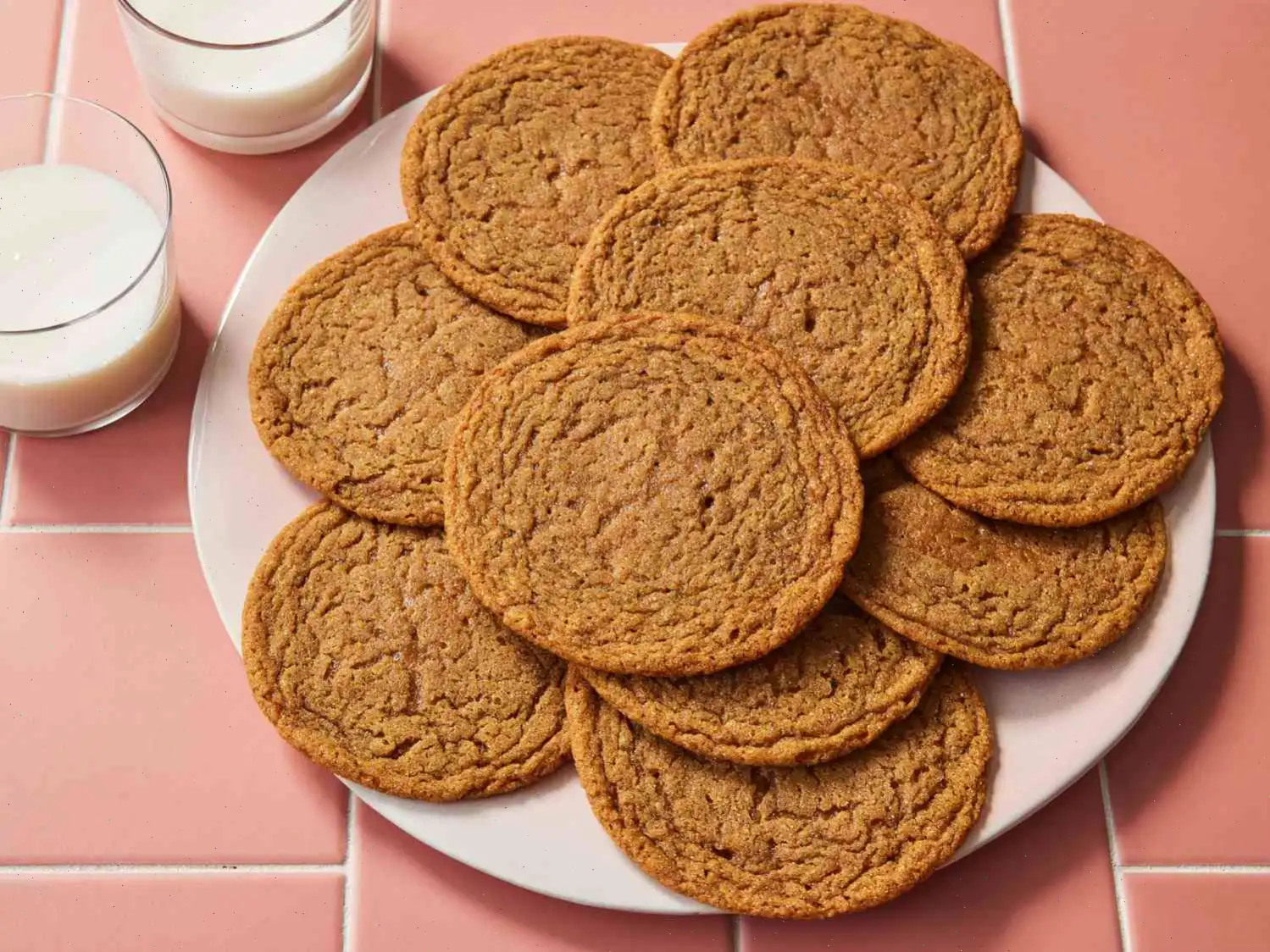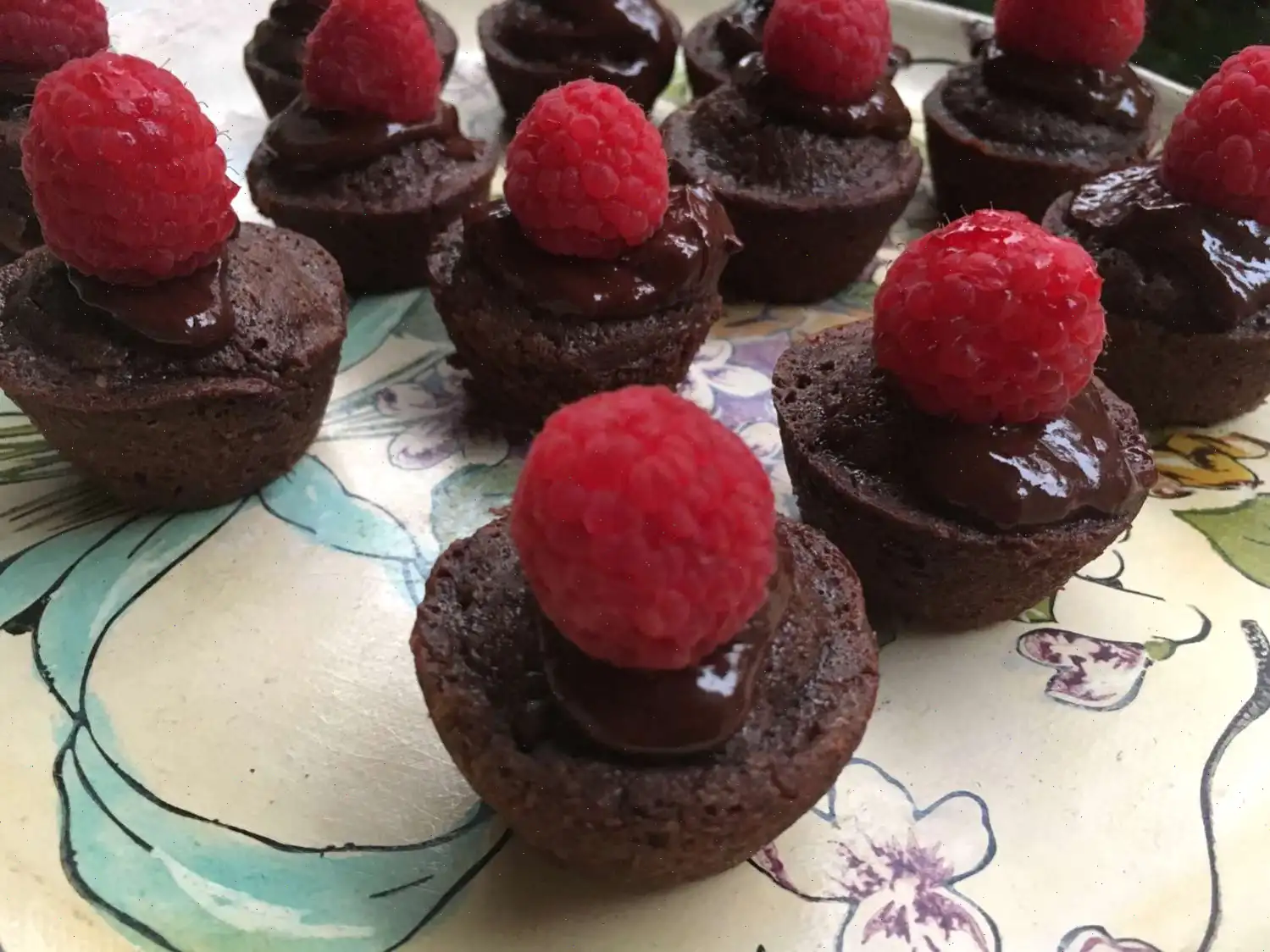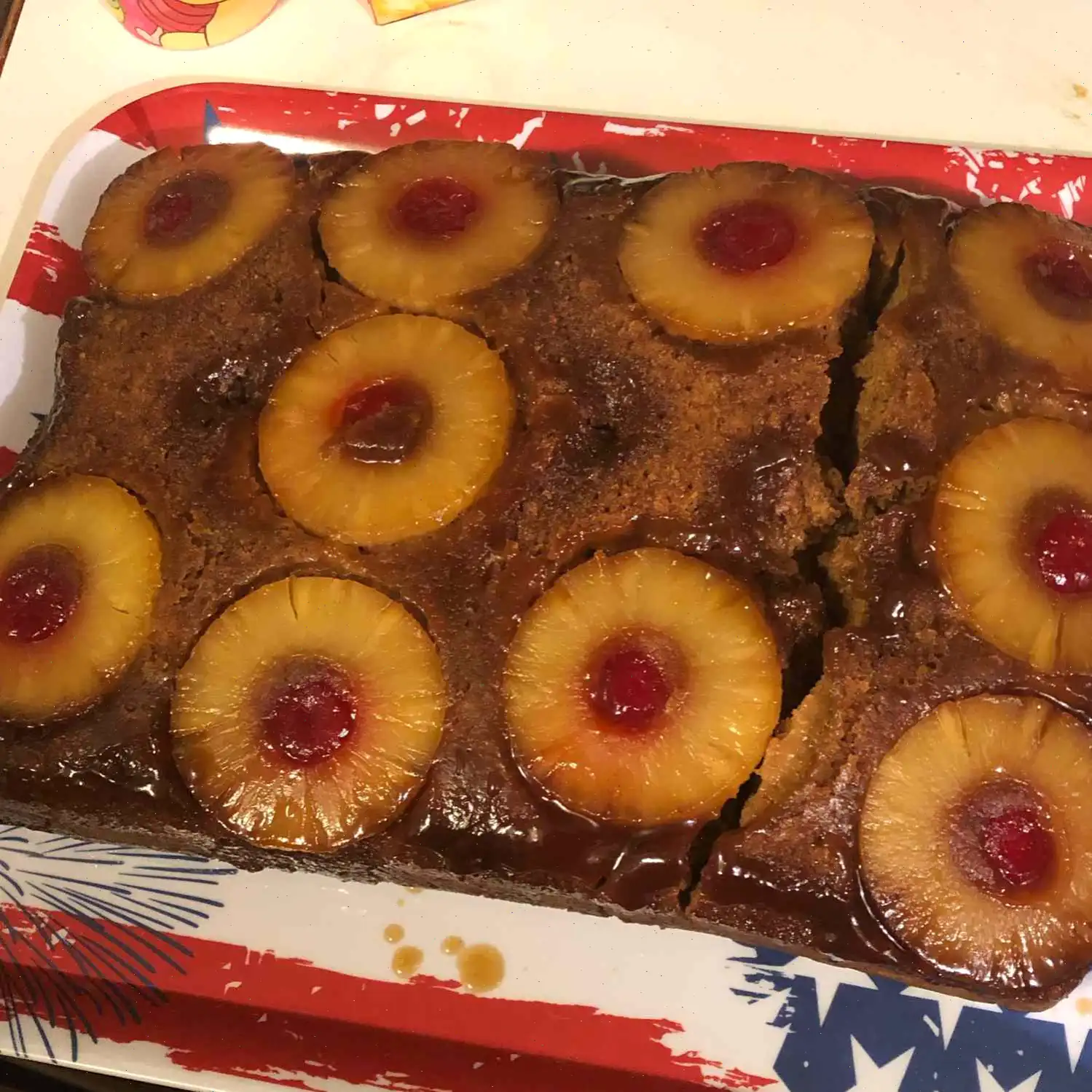
Greek Baklava Recipe
Believe it or not, you can make Greek restaurant-worthy baklava in the comfort of your own kitchen and it's actually not that hard! This top-rated baklava recipe, surprisingly approachable for beginner bakers, has garnered almost 2,000 rave reviews from the Allrecipes community.
What Is Baklava?
Baklava is a traditional pastry known for its sweet, rich flavor and flaky texture. It consists of phyllo (or filo) dough, nuts, spices, and a sugary syrup.
Baklava Pronunciation
Pronounce "baklava" like "bah-klah-vah." The stress is placed on the first syllable.
Where Is Baklava From?
Though baklava is often associated with Greek restaurants now, its exact origins are unclear. Food historians believe modern baklava may have been invented in Turkey during the Ottoman Empire and later modified in Greece. However, the practice of layering unleavened bread with nuts and honey dates back to the Assyrian Empire in the 8th century B.C.E.
Baklava Ingredients
Here's what you need to make the best baklava of your life:
- Phyllo Dough - You can either make your own or buy frozen phyllo dough.
- Nuts - Chopped walnuts, pistachios, or a mixture of both are traditionally used. Hazelnuts and/or pecans also work well.
- Butter - Adds richness and helps keep the phyllo dough moist and soft.
- Cinnamon - Gives baklava its signature warmth and aroma.
- Water, Sugar, Vanilla, and Honey - These ingredients form a sweet syrup that is poured over the baked baklava, making the pastry come together perfectly.
How to Make Baklava
Even though making baklava can be a bit time-consuming, it's probably not as hard as you think. Here's a step-by-step guide:
Step 1: Prepare the ingredients. Preheat the oven to 350F (175C). Butter the bottom and sides of a 9x13-inch baking pan.
Step 2: Chop the nuts and toss them with cinnamon. Set the mixture aside.
Step 3: Unroll the phyllo dough and cut the stack in half to fit the pan. Cover the dough with a damp cloth to prevent it from drying out while you work.
Step 4: Place two sheets of phyllo dough in the pan, then butter them thoroughly using a pastry brush. Repeat this process until youve layered 8 sheets of dough.
Step 5: Sprinkle 2-3 tablespoons of the nut-cinnamon mixture on top of the phyllo. Follow this by adding two more sheets of phyllo dough, buttering each layer, and adding more nuts. Continue this process until the nuts are all used up.
Step 6: Top the layers with about 6-8 more sheets of phyllo dough, buttering each layer as you go.
Step 7: Use a sharp knife to cut the baklava into diamond or square shapes, cutting all the way to the bottom of the pan. You can cut the dough into 4 long rows and then make diagonal cuts.
Step 8: Bake the baklava in the preheated oven for about 50 minutes or until the top is golden and crispy.
Step 9: While the baklava is baking, prepare the syrup. In a saucepan, combine the water and sugar. Boil until the sugar has melted, then add vanilla extract and honey. Simmer the mixture for about 20 minutes to thicken.
Step 10: Once the baklava is baked, remove it from the oven and immediately pour the syrup over the hot pastry. Allow the baklava to cool completely before serving.
Step 11: Serve the cooled baklava in cupcake liners to avoid sticky fingers and ensure easy handling.
How to Store Baklava
Baklava is super sugary, so it has a relatively long shelf life. It will stay fresh for about two weeks when stored in an airtight . If you prefer your baklava crispy, keep it in the pantry. For a chewier texture, store it in the refrigerator.
Can You Freeze Baklava?
Yes, baklava freezes beautifully. Let it cool completely, then wrap it in storage wrap followed by a layer of aluminum foil. For extra protection, you can add a second layer of foil. It will last for up to three months in the freezer. To serve, simply thaw the baklava in the fridge overnight.
Nicole's Top Baklava Tips
- Chop the nuts in a food processor to save time.
- Keep the phyllo dough covered with a damp cloth to prevent it from drying out while working.
- If you worry about tearing the dough while brushing with butter, consider spraying the butter onto the phyllo layers instead.
- To prevent the dough from sticking to your hands, keep a bowl of water nearby and moisten your fingertips.
- Serve and store baklava pieces in cupcake liners to avoid sticky fingers.
Allrecipes Community Tips and Praise
- "Using a spritzer bottle for the melted butter really helped speed up the process!" - Dionne Sharp Ukleja.
- "This is by far the best baklava recipe we've tried! We followed it exactly, and it turned out perfectly!" - jlgarnet.
- "This recipe is amazing! I added more cinnamon, but otherwise, I wouldnt change a thing. The result had the perfect crispness and flavor!" - cookingmom.
Nutrition Facts (per serving)
- Calories: 393
- Fat: 26g
- Carbs: 38g
- Protein: 6g
- Sodium: 196mg
- Dietary Fiber: 3g
- Calcium: 35mg
- Iron: 2mg
- Potassium: 174mg
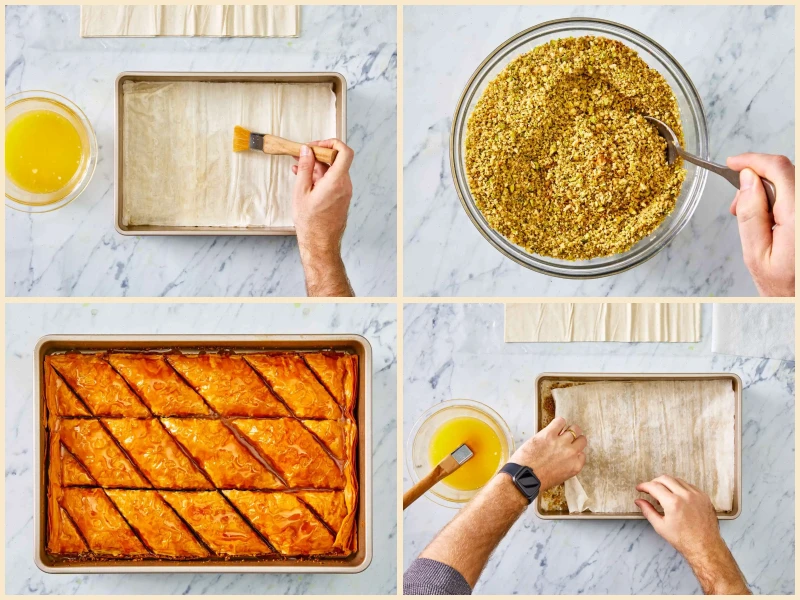
Baklava is an iconic dessert that has won the hearts of many across the globe, especially in Greece. Known for its layers of crisp phyllo dough, crunchy nuts, and a sweet, sticky honey syrup, this dessert has a rich and somewhat complex history. In this article, we will explore the origin, regional variations, and unique characteristics of Greek Baklava, as well as some fun facts that might surprise you.
Origin and History of Baklava
Though its most commonly associated with Greece today, baklava's true origins are a subject of debate. Many food historians trace the roots of this delightful pastry to the Ottoman Empire, which spanned a vast area, including modern-day Turkey, Greece, and the Middle East. It's believed that baklava's techniques and recipes evolved during the Ottoman period, where the art of layering thin dough and sweet fillings was perfected. In fact, many consider baklava a Turkish dessert. However, the Greeks adapted it, adding their own regional touches, such as the distinctive use of honey and spices.
Regional Variations of Baklava
Across the Mediterranean and the Middle East, baklava takes on many forms. In Greece, for instance, the use of honey is particularly prominent, giving the syrup a rich, floral sweetness. Greek baklava often features pistachios or walnuts as the nut filling, though you might also find variations with hazelnuts or almonds, depending on the region. On the other hand, in Turkey, baklava may include pistachios from the famous Gaziantep region or be made with less syrup, focusing more on the natural flavor of the nuts. Greek baklava, typically thinner and crunchier, contrasts with its Turkish counterpart, which can be heavier and sweeter, especially when prepared with additional butter layers.
How Does Greek Baklava Differ from Similar Dishes?
Though baklava is beloved in many countries, what sets Greek baklava apart is its distinctive syrup, which is often a blend of honey and sugar, creating a balance of sweetness and richness. Additionally, the phyllo dough in Greek baklava is usually thinner and crispier compared to other variations, contributing to the pastrys signature crunch. Another distinguishing feature is the use of cinnamon in the nut mixture, which adds a warm, aromatic flavor that complements the sweetness of the honey syrup.
Where Is Baklava Typically Served?
Baklava is a popular dessert across Greece, often served during festive occasions such as Christmas, Easter, and weddings. In many Greek households, making baklava is a family tradition, with each generation passing down their techniques for creating the perfect balance of layers and syrup. Its not just reserved for holidays, though. Youll often find baklava in Greek pastry shops, markets, and restaurants, and its a staple at many Mediterranean-themed buffets around the world.
Interesting Facts About Baklava
- Despite being a sweet, indulgent pastry, baklava is surprisingly old, with its roots dating back to the Assyrian Empire in the 8th century B.C.E.
- Baklava is made by layering thin sheets of phyllo dough, which can be quite challenging to work with. The key to success is ensuring the dough remains moist as its layered with butter and nuts.
- In Greece, baklava is often served in small, bite-sized pieces, which are typically placed in cupcake liners to prevent sticky fingers.
- The famous Turkish Gaziantep baklava is so revered that it has earned the status of a geographical indication, meaning only baklava produced in this region can be labeled as such.
- In Greece, baklava is often paired with a strong cup of coffee or Greek ouzo as a sweet end to a meal.
Conclusion
Whether youre enjoying it in a Greek caf in Athens, at a family gathering, or making it in your own kitchen, baklava is a dessert with a rich cultural heritage and deep connections to Mediterranean traditions. Its unique blend of crunchy, sweet, and fragrant flavors makes it a favorite across many countries, yet its essence remains unmistakably Greek.
FAQ about Greek Baklava Recipe
Comments
CA2
10/06/2025 01:52:54 PM
It's nice recipe but baklava is a Turkish dessert not Greek.They learned it from Turks in Ottoman era.Turks make baklava in their special days.Gaziantep city's baklava very famous in the world and there are even Turkish baklava stores in Athens
Khia Christanne Tafel-Orhan
12/23/2023 04:22:49 AM
This recipe is great. I just have one thing I’d like you all to try to do next time you make Baklava. TTHE MOST IMPORTANT STEP I find is always left out!! Traditionally, you should make your syrup FIRST and chill it in the fridge while you assemble and bake. Then as soon as you bring the pan out of the oven pour the chilled syrup over the hot baklava. You will hear it cracking and popping. That’s normal. This step is how you make your baklava crispy all the way through. And it keeps it from getting soggy!!!! Once you make it this way you’ll never leave out this step!!!!
jim Batchelder
05/23/2021 11:24:59 PM
I made this to take to friends' Middle Eastern dinner party. Half and half pistachios and walnuts. I took many suggestions others have offered here. I increased the sauce by half but it wasn't necessary, I'll do the original amount next time. I toasted the nuts after chopping but the small pieces toasted very quickly, another minute and they would have tasted burned. I'll toast them whole then chop next time. Baked cooler at 325 for a bit longer, the color was perfect. I added two generous orange peels to the sauce (whole peel not zest) and took them back out after cooking. Cooled sauce in a large ice bath then poured it over the pastry as soon as it came out of the oven. Partially cut them for baking then finished cutting when serving... probably the single best suggestion... no soggy bottom! I arranged pieces on a nice platter for serving, they looked and tasted as good as any I've had in my travels throughout the Mediterranean. They were a big hit!
RusticMalt1294
03/28/2025 06:57:51 PM
This was great. It was my first time working with phyllo. All the tips here and in the comments were very helpful! ...A food processor for nuts is a must for ease, speed, and consistency. ...I had a large tea towel that I dampened and folded in half with the stack of phyllo inside. It was easy to use and kept phyllo pliable and handy to wipe hands as needed. The bottom phyllo sheet was a bit soggy but it was fine. ...Keeping a finger bowl of water was helpful. ...I only had an 8x10 dish - it made the stack too tall in my opinion, but it was minor. Next time I will make sure to have a 9x13. ...A SPRAY BOTTLE OF BUTTER is a MUST for next time - it would have cut down my time and efforts by 1/2 at least. ...I used walnuts and pecans and added orange zest to the syrup. ....ONLY misstep in the recipe is that it calls for 1 CUP of melted butter; there was 1/2C left over. The only place butter is used is in the layering. My layers were drowning in butter (I did not skimp) and I still only used 1/2 cup. NOTE - I noticed the butter was easier to spread if it was slightly congealed at room temp rather than super runny. ...I wasn't that great at cutting consistently sized pieces at an angle, I'll do squares next time...CAN'T WAIT TO DO AGAIN! :-)
Darlene Cicchelli Britton
04/07/2023 01:52:45 PM
First time making this, but won’t be the last!!! It’s DELICIOUS! I used a mixture of walnuts and pistachios. I changed to 1/2 cup of sugar and 3/4 cup of honey, as well as orange zest and a mixture of a teaspoons worth of orange & vanilla extract. . I did put the tray in the fridge for a little bit before cutting it. I baked it for approximately 27 minutes. Thank you for a great recipe!!!
TackyMelon9761
05/11/2025 04:07:19 AM
Followed someone else's advice and made the syrup first, put it in the fridge while the phyllo baked. Then pour it on as soon as the Phyllois out. Was amazing
nutmeg20008
12/30/2023 10:43:54 PM
Excellent recipe. Instead of vanilla extract, I used 1 tablespoon lemon juice in the syrup. I don't have a pastry brush, so I dribbled melted butter over the phyllo sheets with a spoon and spread it lightly with my fingers.
NiftyMelt8451
11/12/2023 06:51:08 AM
Good but very sweet. Cut down the honey from 1/2 cup to 1/4. Also, add a tablespoon of lemon juice when cooking syrup for better depth.
OldAhi4247
01/20/2024 08:53:36 PM
I made a lower calorie version because I love baklava. But baklava's is very fattening and I wanted to feel less guilty eating it. I used a 1/2 cup butter and a half cup of I Can’t Believe Its not Butter. As it turned out, I only needed to use half of that. I spread the butter mixture thinly like the recipe said. Maybe a little thinner than the recipe said, but I didn’t feel anything was missing from the enjoyment of it. It came out great. If I didn’t tell anyone, I don’t think they will noticed they were lower cal. . Next time I’m going to cut the amount of syrup and not use as much sugar. I think I will do half sugar half monk fruit sweetener and see how that tastes but I pretty much cut the calories by 100 in a piece. Mine are 210 calorie's, regular baklava 310.calories.
Joan MacDonald
05/18/2024 04:39:59 PM
I used pecans. Followed recipe exactly. Much easier than expected. After I placed the pieces in paper cupcake liners, I made a chocolate drizzle for the top and sprinkled chopped pistachios. Pretty and delicious!
GutsyZiti7583
12/04/2022 02:26:10 AM
Add lemon zest. Cut down half the sugar and water....double the honey! Use pistachio flavoring
TwistyOnion1290
08/04/2025 11:49:50 PM
I enjoyed a blast from the past. My wife and I went to the middle east where they explained that the Ottoman Turks learned the recipe from the Palestine region.
GBs Mom
07/28/2025 05:58:27 AM
I was looking for a baklava recipe that used both simple syrup and honey. It was perfect! The seven layers of crushed pecans between phyllo pastry were absolutely beautiful.
Anna Lopez
05/15/2025 04:04:00 AM
Turned out perfectly on the first try.
Tim Miller
05/14/2025 05:06:27 PM
It's in the oven so we'll see in about 30 more minutes. I ended up using 1 1/2 cups of butter so I hope it turns out okay.
ArtsyUbe1870
05/04/2025 04:26:36 AM
Great will make again. I forgot to butter pan but it was fine, tell I don't bake much. Simple. I tried the apple strudle on box but needs a different apple than I used, like Macintosh or or similar, since cooking time is short. I used peanuts just to try flavour. It was ok. I couldnt' find pounds of walnuts on my counter!!! It's not as rich as store bought ones around here, but I like it that way also. Can eat 2 pieces! yum..thx..
jen san
04/24/2025 05:16:01 AM
Fantastic. My go-to baklava recipe.
BriskPea9871
04/19/2025 11:28:11 AM
I love this easy to follow recipe. So tasty and perfect. I added 1 tablespoon of homemade cinnamon sugar to the ground nuts. I make a heavy ratio cinnamon to sugar mix. I used 6 oz pistachios and 10 oz walnuts. I will be making this again.
QuaintYak2782
03/17/2025 12:17:14 AM
9
Dennis King
02/21/2025 11:43:10 PM
Bro, I feel like a culinary genius.





